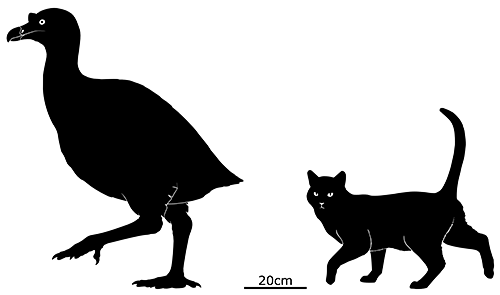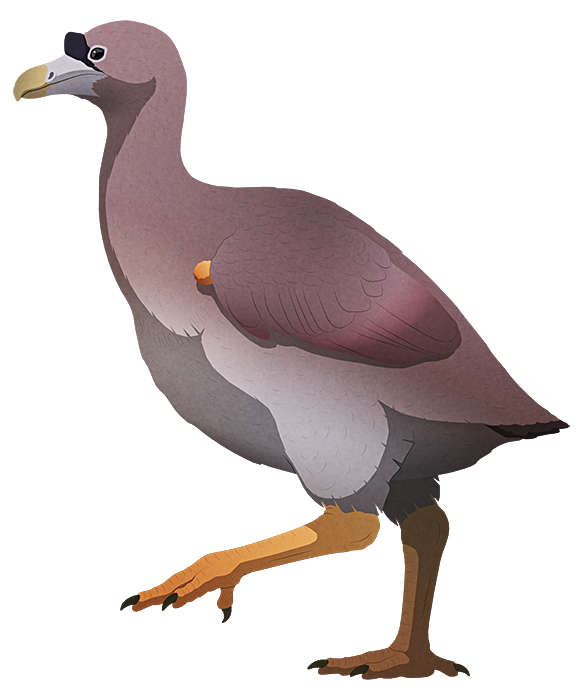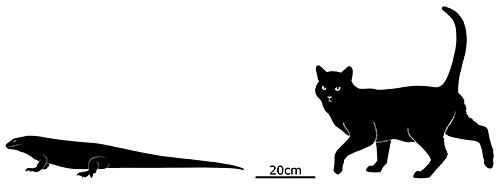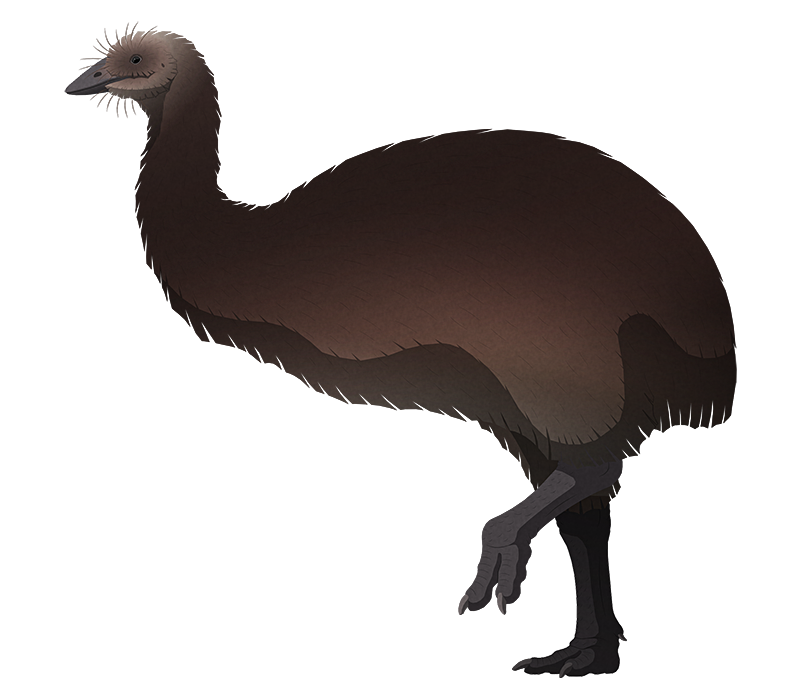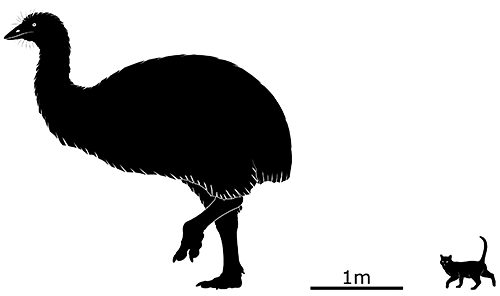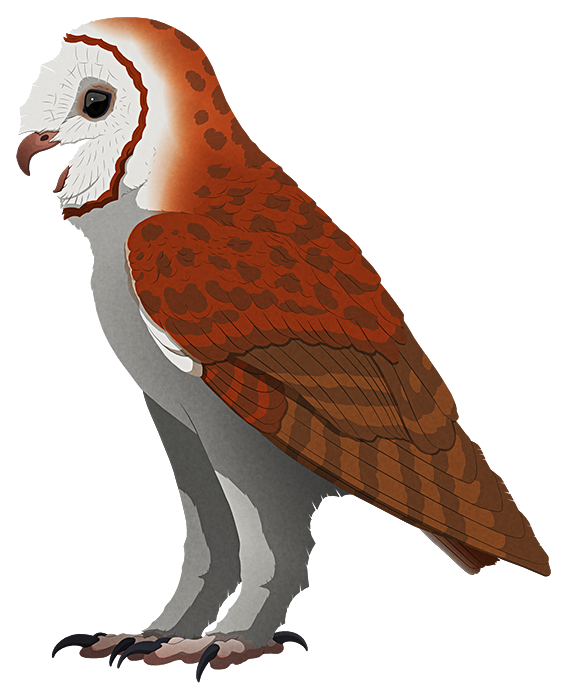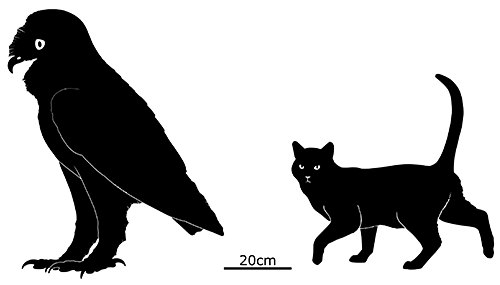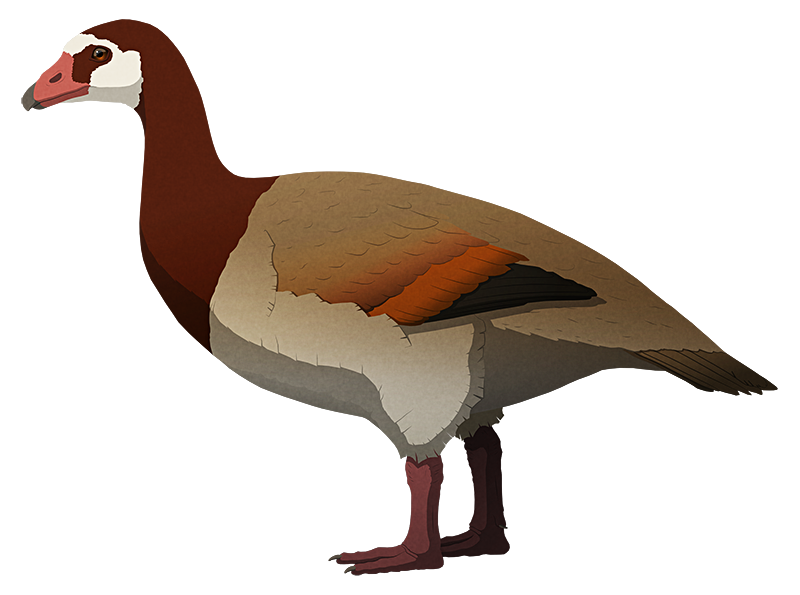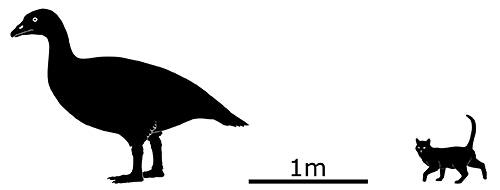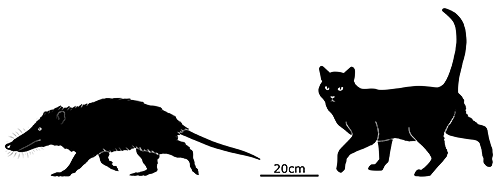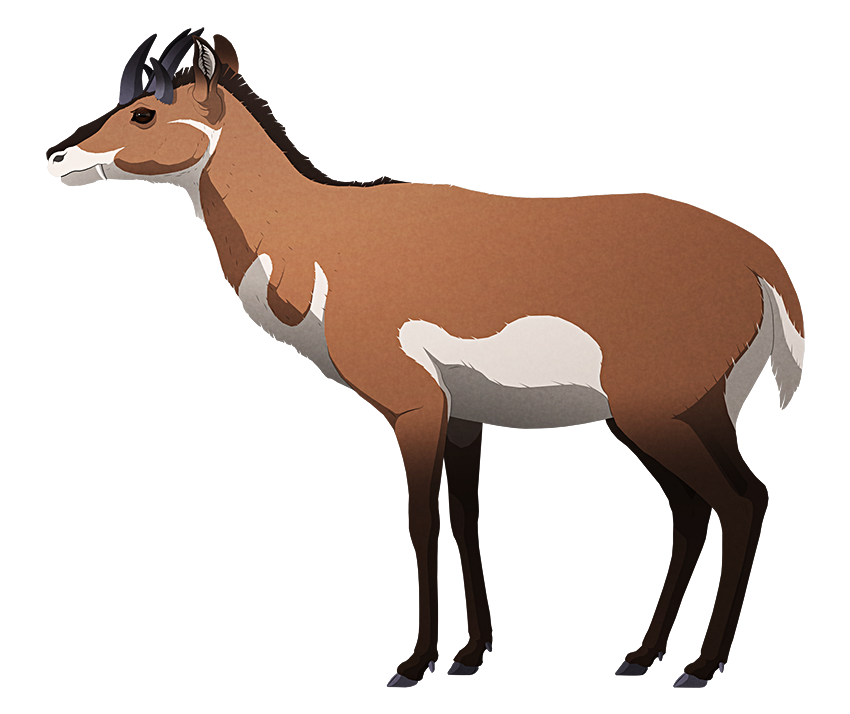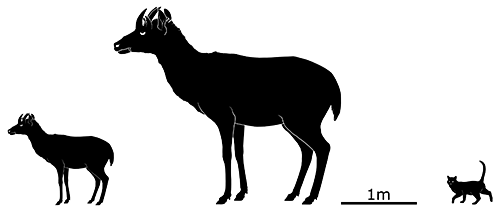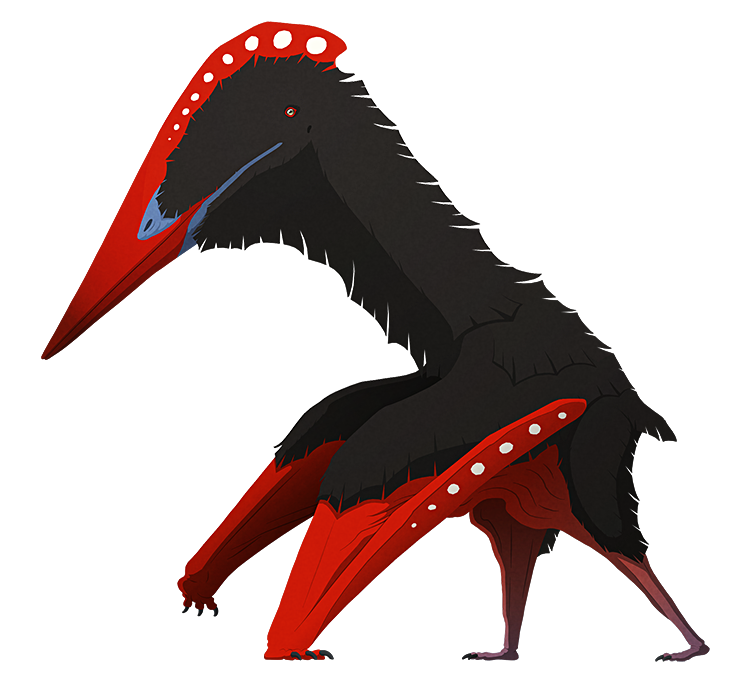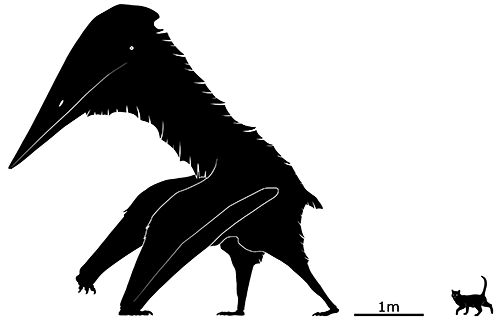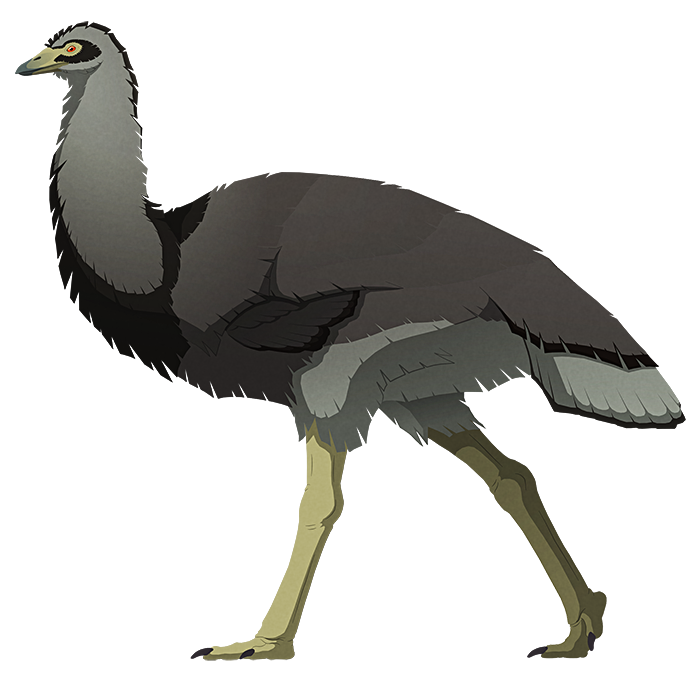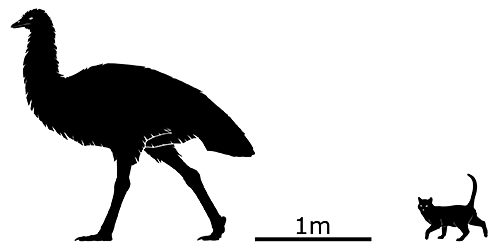Located to the east of Mauritius, the small island of Rodrigues is the geologically youngest of the Mascarenes, formed only about 1.5-2 million years ago.
And it also had its own large flightless bird – the Rodrigues solitaire, Pezophaps solitaria.
It was closely related to the dodo, although it wasn’t a direct descendant. Based on DNA studies their last common ancestor is estimated to have lived about 20 million years ago, so they must have each convergently evolved from separate pigeon lineages that arrived on each island at different times.
Standing 70-90cm tall (2′4″-2′11″), with males being larger than females, it had long legs, a long neck, and a slightly hooked beak with a black band described as resembling a widow’s peak. Its plumage was grey and brown, and it was reportedly aggressively territorial and capable of giving a strong bite.
It had large lumpy bony knobs on its wrist bones that were used as weapons to clobber each other while fighting. Due to this its wings were less reduced than the dodo, retaining stronger musculature, and it was apparently also capable of using them to create loud low-frequency sounds for communication – possibly in a similar manner to modern crested pigeons’ whistling wings.
The solitaire survived for longer than both its dodo cousin and the Réunion ibis, but only because its island was rarely visited by humans until the late 1600s. Once Rodrigues began to be exploited the story became the same as the other Mascarene islands: a combination of hunting, habitat destruction, and predation by invasive species rapidly dwindled its population. It likely went extinct sometime between the 1730s and 1750s, since an exhaustive search for a live specimen in 1755 failed to find a single bird.
